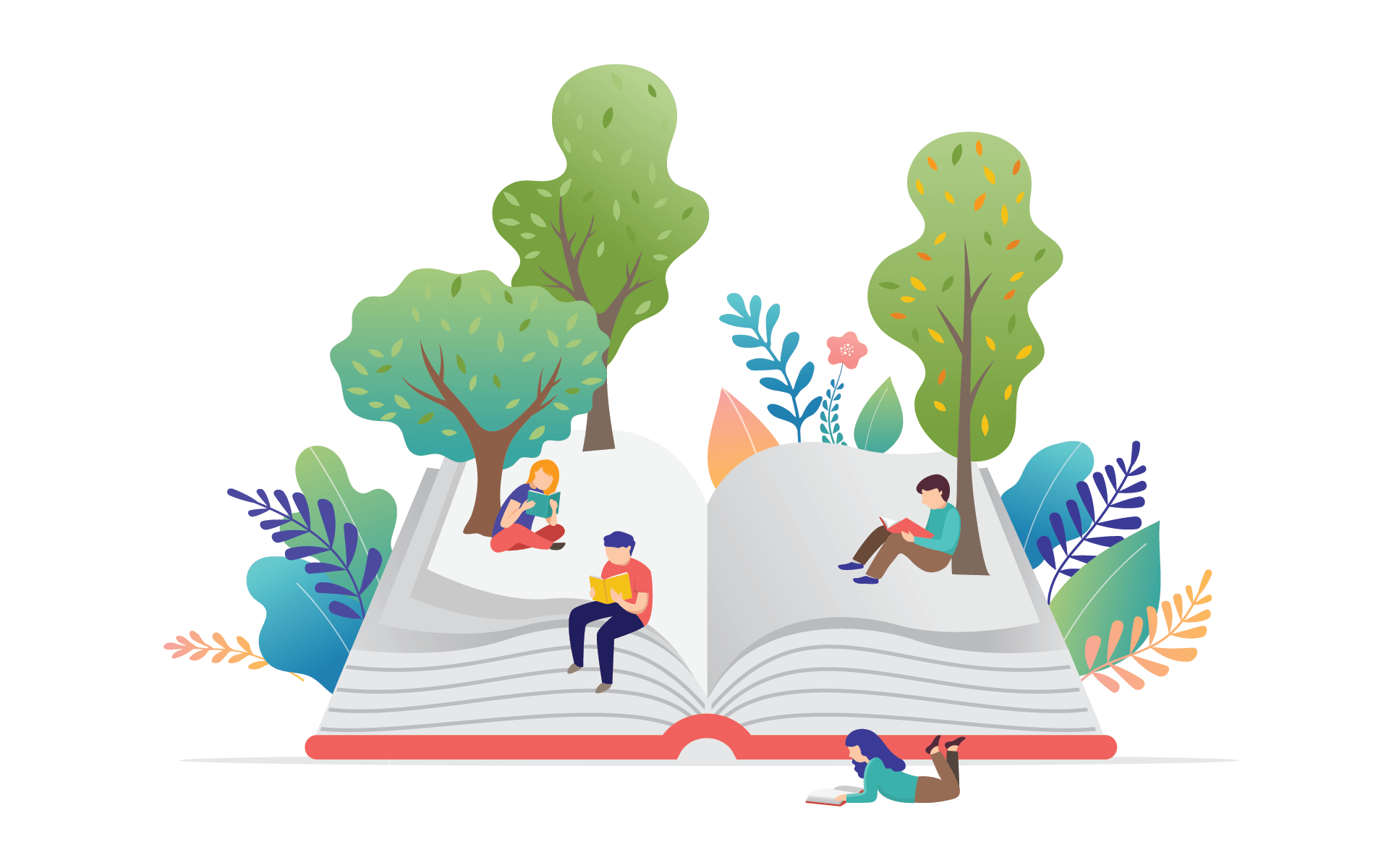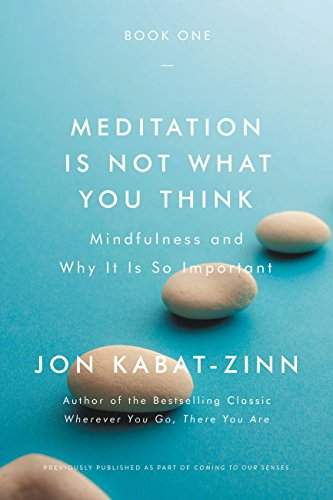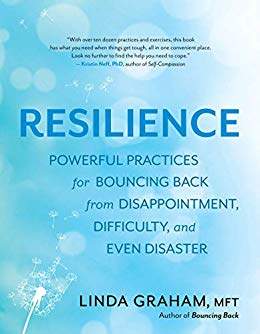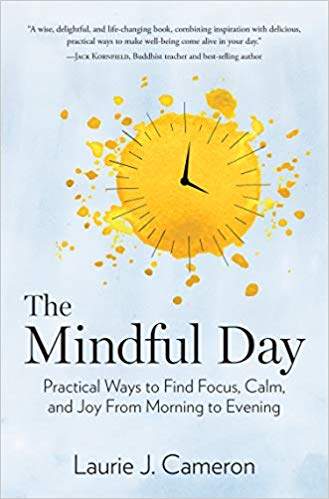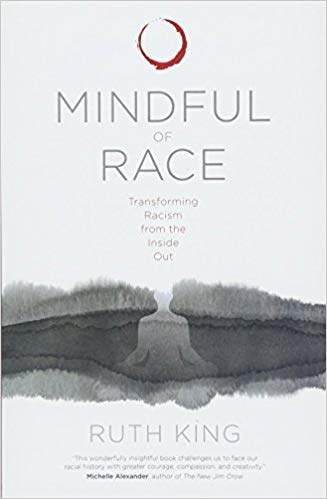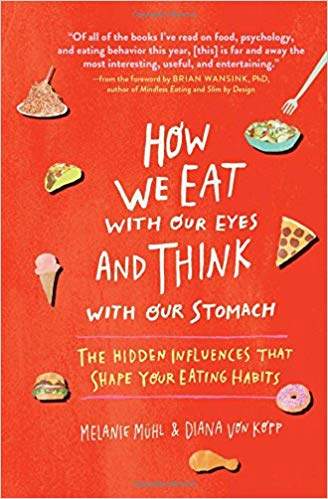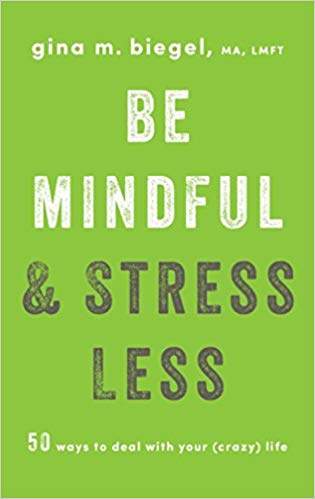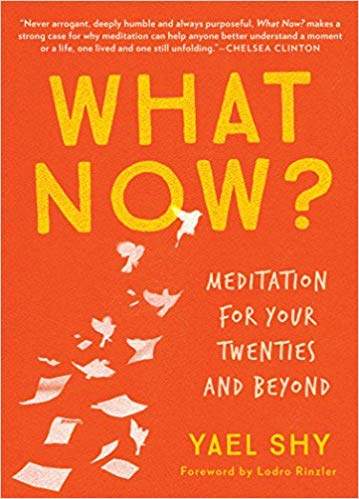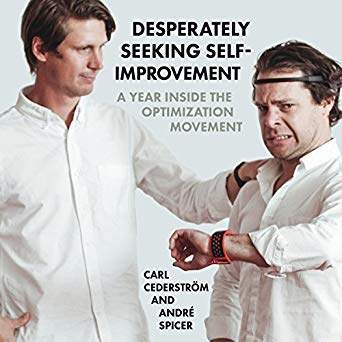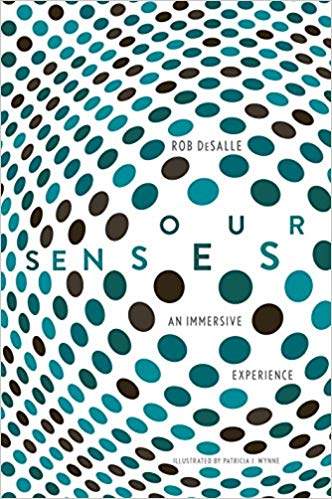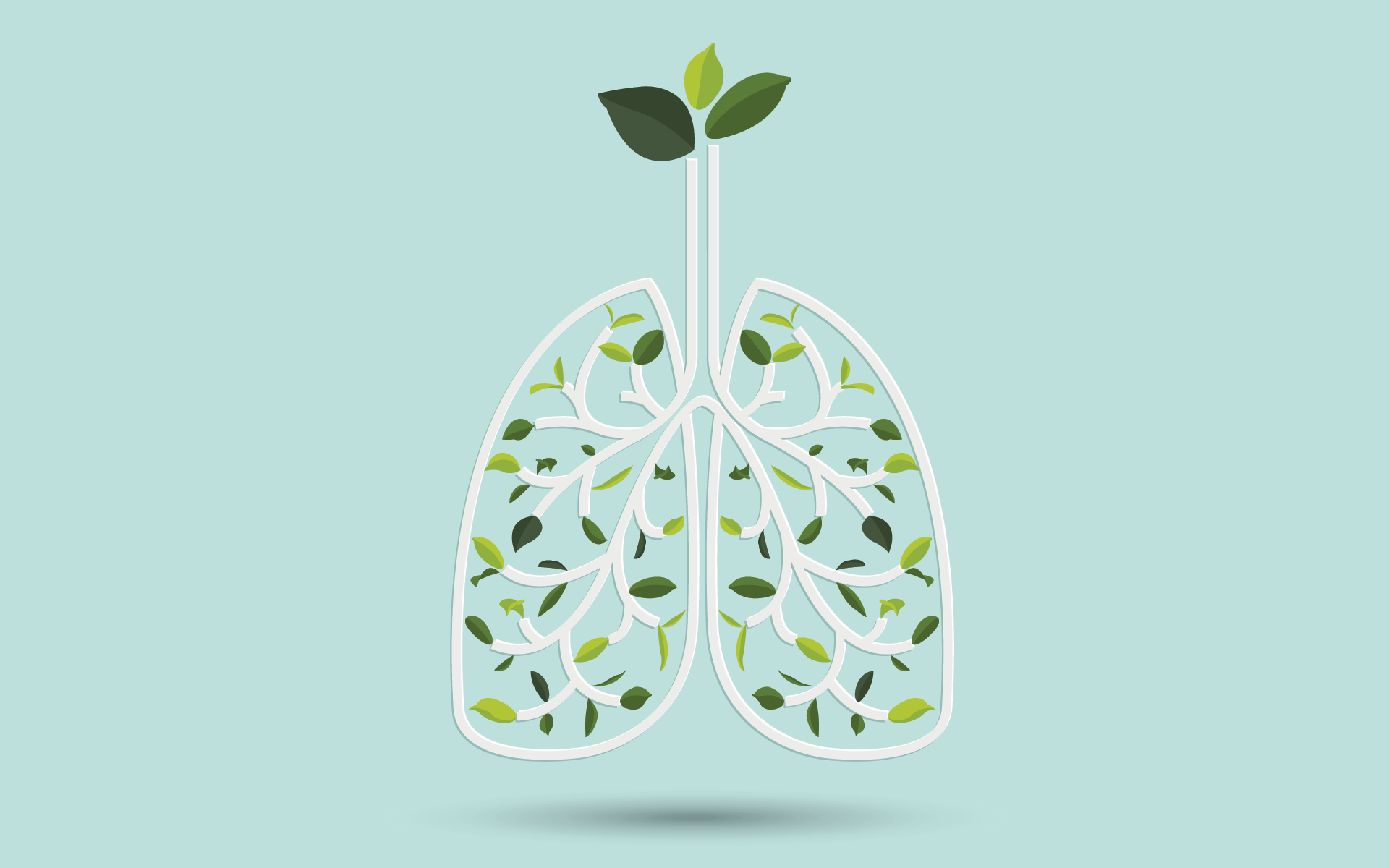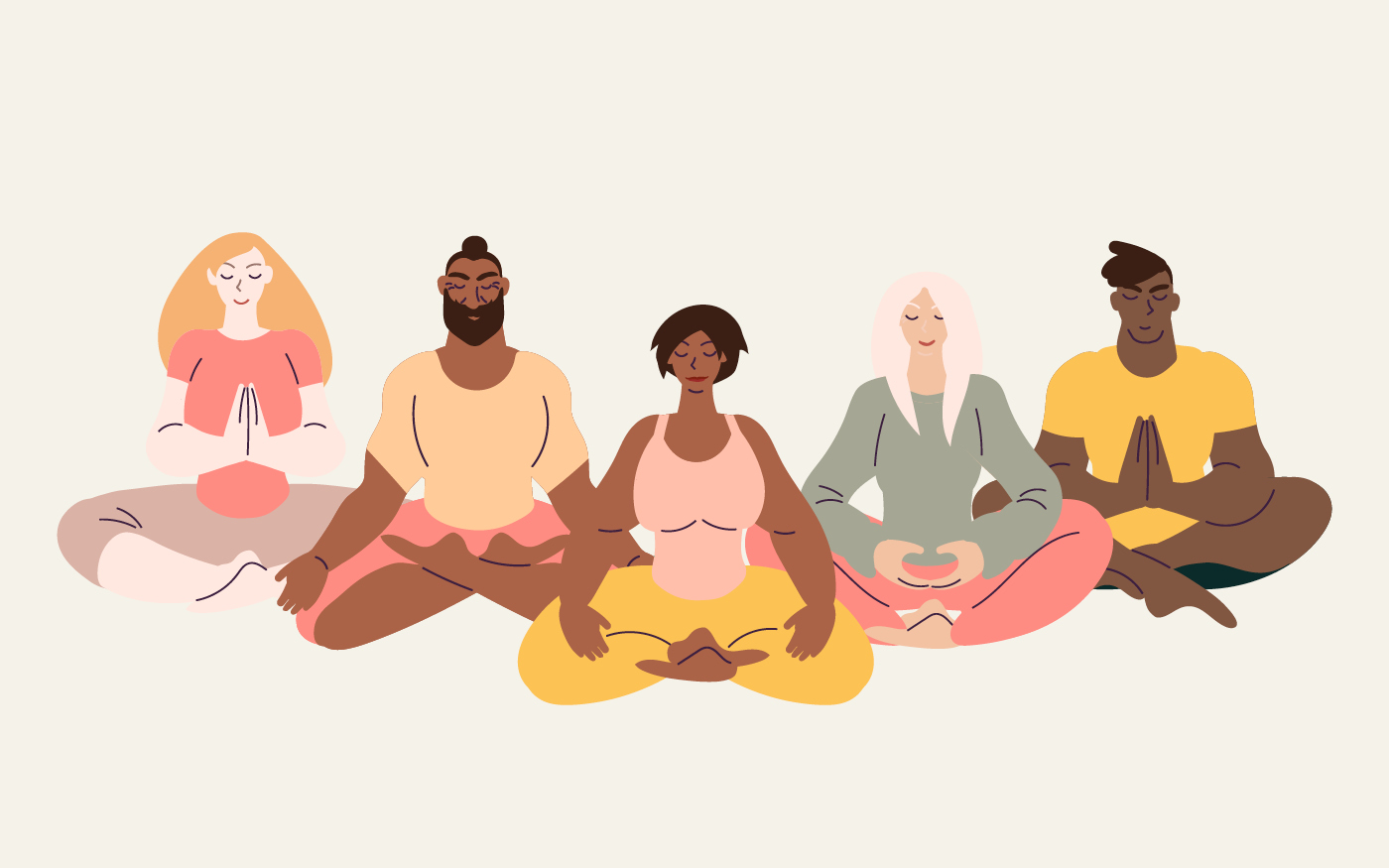As founding editor of Mindful, I have the honor of receiving and reviewing hundreds of books over the course of a year. After careful review, only a handful make it into the pages of the magazine. Here are nine books that stand out as being my favorite this year:
1. Meditation Is Not What You Think: Mindfulness and Why It Is So Important
By Jon Kabat-Zinn, Hachette
In 2005, Jon Kabat-Zinn published his magnum opus, Coming to Our Senses. At 650 pages and years in the making, it was a monumental achievement. It allowed the founder of Mindfulness-Based Stress Reduction to put his life’s work in a larger context. Mindfulness is not a mental trick, an adjunct to regular life. It’s a basic human inheritance that is essential to life. We need to be optimally aware of who we are, where we are, how we are, if we are to survive individually and as communities, and even as a species in Kabat-Zinn’s view. The book amounted to a bold call for us all to quite literally “come to our senses,” to as often as possible experience where we are and what is going on within and around us—and to take up practices that cultivate our ability to do so.
Now Hachette has decided to reissue the book as four separate small books, starting with Meditation Is Not What You Think: Mindfulness and Why It Is So Important, followed by Falling Awake: How to Practice Mindfulness in Everyday Life, both of which are available now. The third and fourth books will come out late this year and early next.
While the books overall are thick with references to and examples from science, literature, poetry, political thought, and more, the whole is presented in digestible chapters, which is almost certainly the best way to read these books, since trying to rip through them leaves not enough time to reflect and take in what you’ve read. They’re like a box of fine chocolates. Eaten and savored one chapter at a time, they bring delight. If one eats half the box in one sitting, it may lead to indigestion.
2. Resilience: Powerful Practices for Bouncing Back from Disappointment, Difficulty, and Even Disaster
By Linda Graham, New World Library
Missing your bus, dropping dinner on the floor, screwing up at work: These everyday hiccups may fluster, frustrate, or at times even tax your coping system, but they don’t usually knock you down, writes Linda Graham. It’s the bigger distresses, such as illness, death, or loss of security—particularly if they come one after another, pile on top of unresolved trauma, or include a heap of self-criticism—that can threaten to overwhelm us to the point of “falling apart and not being able to recover.”
That’s where resilience comes in. The newest buzzword in psychological circles, resilienceindicates our ability to recover from adversity. And after rigorous study, it’s also now believed to be the greatest indicator of one’s personal happiness and ability to thrive throughout life.
In this easy-to-read and hugely informative guide, Graham explains the neuroscience of resilience (spoiler alert: Our early influences shape our future coping skills) and how we can continue to develop it throughout our lives.
It’s this last bit—our ability to override old neural patterns, create new ones, and strengthen our minds and bodies to withstand the inevitable hits in any life—that makes this already useful book priceless. Graham combs the research and her own trove of best practices to explain how anyone can become more resilient, no matter where they start from. Through practices that build somatic, emotional, relational, and reflective intelligence, she demonstrates how the mantra of “little and often”—small experiences repeated many times—is the best way to create new habits; undo the effects of negative, harmful, or traumatic experiences; and strengthen your inner reserves.
3. The Mindful Day: Practical Ways to Find Focus, Calm, and Joy from Morning to Evening
By Laurie J. Cameron, National Geographic
This book is chockablock with advice and instruction: Its five chapters contain 50 sections in all. The book starts your day with what you do at home in the morning, then it takes you to work and play and love, and then back home again. So, you start with showering and breakfasting mindfully; continue with leading mindful meetings, starting tough conversations, and banishing multitasking; go on to engaging your life and love with curiosity; and land back at home to savor your day and ease into sleep. Hard to imagine anyone being quite this mindful, but for those of us who aspire, this is an easy-to-follow handy guidebook.
4. Mindful of Race: Transforming Racism from the Inside Out
By Ruth King, Sounds True
Long-overdue discussions around race in America are finally having a moment—one that needs to last a very long time. The Netflix series Dear White People recently released its second season, as did Donald Glover’s Atlanta on FX. Both were created by young African-Americans who have a lot to say, and unique and hard-hitting ways of putting problems of whiteness front and center.
The “post-racial America” illusionary bubble has been burst. Put simply, to imagine we are (or even aspire to be) color-blind is just to be blind to reality. So, where is mindfulness in all this? Is the spread of this practice, touted as something truly transformational, making a dent anywhere in our understanding and our race relations? If Ruth King has her way, it will. With Mindful of Race, King joins other voices demanding contemporary mindfulness practice go beyond being another luxury of the privileged to become something that enables us to explore deep habits together in ways that effect real change.
King calls racism a “heart disease” that can go unnoticed and untreated for a long time. In response, she developed a three-and-a-half-day program with the same name as the book that “brings mindful inquiry to an examination of racial conditioning and social distress.” She unfolds her training on the page in three phases: In Diagnosis, we uncover “the narrative we hold along racial lines”; in Mindfulness—Heart Surgery, meditation practice helps us investigate deeply while “softening the grip of the tension” from emotions triggered by going to rarely explored places; and Recovery is about how we can spread understanding, caring, and equanimity about race from our inner circle to the bigger circles in the world.
5. How We Eat with Our Eyes and Think with Our Stomach: The Hidden Influences that Shape Your Eating Habits
By Melanie Muhl and Diana von Kopp, The Experiment
We tend not to think about how much we think about food. According to authors Melanie Mühl and Diana von Kopp, we make over 200 food-related decisions every single day. Some choices are conscious and some are not, but all are shaped by factors within our environments—grocery store layouts, celebrities, plate color and size, and social norms are just a few examples.
With bite-sized chapters citing plenty of research and offering helpful tidbits of advice, this handy book points out many of the assumptions and mental habits that shape how we relate to food.
6. Be Mindful & Stress Less
By Gina M. Biegel, Shambhala Publications
With mindfulness being taught in an increasing number of schools, many students are learning how mindful practices can help them deal with busy school days, high expectations, relationships, and the omnipresence of social media. Biegel, a psychotherapist and the creator of Mindfulness-Based Stress Reduction for Teens, knows the aspects of mindfulness most useful for young people, and this book lays these out clearly. Without talking down to anyone, Biegel identifies simple actions that young people can take for self-care, easing anxiety, and cultivating more ease. This book will help in the vital work of empowering teens to improve their own wellness.
7. What Now? Meditation for Your Twenties and Beyond
By Yael Shy, Parallax
“Young people in their twenties and thirties are rapidly becoming the ‘meditation generation,’” writes Yael Shy. As the main mind behind MindfulNYU—the country’s largest campus-wide meditation program—and as someone who began meditating in college to assuage her crippling anxiety, Shy is well qualified to recommend the practice. This is particularly true if you’ve felt like mindfulness or meditation are out of touch with the instability and unrelenting freakiness of the challenges that young people have to navigate. What Now? offers her steady, compassionate advice on tech–life balance, mindfulness in relationships, social justice, mental health, and more. Shy’s set of meditative exercises at the end ties it all together, so that you can start right now.
8. Desperately Seeking Self Improvement: A Year Inside the Optimization Movement
By Carl Cederstrom and Andre Spicer, OR Books
Back in the day, engineers at Toyota invented a manufacturing and teamwork methodology called kaizen, which is still popular today. It’s often translated as “continuous improvement,” which would lead you to believe that it would be just perfect for the self- improvement, optimization, and life-hacking movement currently sweeping the planet. There’s only one hitch, though. One of kaizen’s guiding principles is sufficiency, making do with what you’ve got, adding as little as possible, and using imagination to let simple solutions emerge. The optimization movement seems generally to be driven by the opposite notion: insufficiency. You are never enough. There is never enough. There’s something wrong with you, and you’ve got to fix it. And when you’re done with that, find something else to fix. It’s not based on teamwork, either. It’s individualistic and even narcissistic at times: What the world needs now is a better me.
Carl Cederström, a professor of organization studies at the Stockholm Business School, and André Spicer, an organizational behavior professor at the Cass Business School, City University of London, first teamed up to write their 2015 book, The Wellness Syndrome, which expanded on this very point. In the unending pursuit of the holy grail of “wellness,” it’s easy to detach from seeking solutions together with others and retreat into a moralistic, blaming culture where the greatest sin is to not take perfect care of yourself. They’re not suggesting we stop eating our vegetables and exercising and just let ourselves go. They are suggesting that we let go of the obsession and the fault-finding, though, and start focusing on community more. After all, the planet is crying out for group solutions.
In Desperately Seeking Self-Improvement, which serves as a kind of sequel, the two professors decide to research the phenomenon more deeply by making themselves the guinea pigs for all manner of optimization schemes, including electric-shocking to improve concentration, meditation-improving headbands, memory-boosting regimens, plastic surgery, and master cleansing, to name just a few. The book is a satirical take on the same territory covered in their first book, but this book, which chronicles their improvement schemes in daily journals running in parallel, leads them to some very funny—and also very painful and even a little disturbing—places. Do not try this at home.
9. Our Senses: An Immersive Experience
By Rob DeSalle, Yale University Press
Since forever, philosophers and ordinary people alike have been wondering how it is we come to know something, since whatever we experience seems to come to us through the gateways we call “the senses.” Our sense organs—noses, ears, eyes, tongues, skin—are pretty bizarre-looking objects, which is why sci-fi cartoonists have such fun reshaping them to create alien life-forms. Without these receptors, the world is just a chaotic blizzard of events. Our senses give them form and significance and enable us to make our way around without doing serious damage (usually). But as Rob DeSalle—curator at New York’s famous American Museum of Natural History—makes clear in this wonderfully detailed account, we’re not all sharing the same exact world. Ever known someone who can’t stand cilantro (maybe that’s you)? They may be a “supertaster,” which means they experience an overwhelming bitterness, where you’re tasting pure joy. (DeSalle shares a theory that some great chefs are supertasters who use their highly attuned taste buds to create great dishes that may not actually taste all that good to them!)
He explores each of the main senses in intricate detail, but does not limit himself to “the big five.” Defining what is and isn’t a sense is tricky, he admits, and he steers clear of enumerating the 33 discrete senses that some researchers have posited, but he does focus on a few that he feels are critical to add: balance, pain (nociception), and hot-cold sensing. He also touches on proprioception (knowing where our body is in space) and sensing time of day. It’s key, though, to understand, he points out, that senses perform in concert, not as independent operators. They’re orchestral players, not soloists.
This book is, as the title suggests, an immersive sensory experience. Anatomical illustration is a high art, and it’s put to wonderful use here. In fine line drawings and diagrams, DeSalle paints for us a world that is an interplay between the structures within our bodies and thingies “out there,” such as “musk molecules,” resulting in our intimate connection with everything around us. The treatment of the senses is not limited to humans, but also explores how other organisms sense and make sense of the environment. It’s also not limited to ordinary experience, delving into hallucination, strokes, and other alterations to the standard sensory repertoire. This is a big book worth feasting on.
Explore a Book Excerpt
The following articles are adapted from Laurie J. Cameron’s The Mindful Day and Jon Kabat-Zinn’s Meditation is Not What You Think, respectively.
How to Give Your Full Attention
By practicing self-awareness, you can listen with greater care—not only to words, but also to the emotion and meaning that’s being expressed.
Read More
The Breathscape Practice for Cultivating Mindfulness
A 20-minute meditation from Jon Kabat-Zinn to allow you to tap into your capacity to be in touch with your experience, and be awake and aware with no agenda other than to be awake and aware.
Read More


